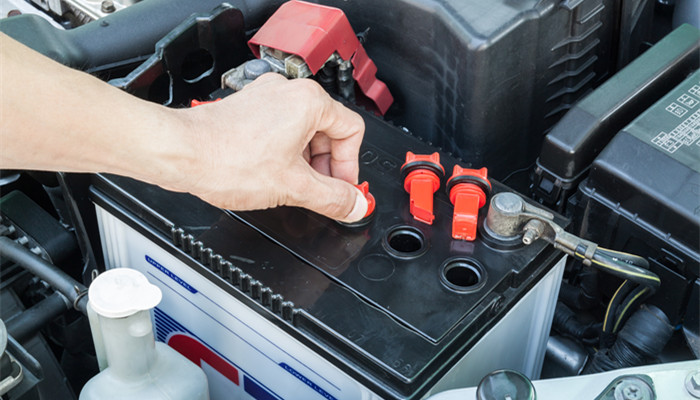
The market penetration rate of silicon-based anode materials is low, and the industry needs to continue to explore new development opportunities in the future.
According to different active materials, lithium battery negative electrode materials can be divided into carbon-based materials and non-carbon-based materials. Among them, silicon-based negative electrode materials are a subcategory of non-carbon materials, which refer to negative electrode materials with silicon as the active material. Silicon-based negative electrode materials have the characteristics of large capacity, high efficiency, good safety, high rate capability, and high energy density. They are widely used in power batteries, energy storage batteries, consumer batteries and other fields.
The upstream of the silicon-based negative electrode material industry chain is graphite, silicon alloy, silica, potassium salt, inorganic solvents, conductive agents, and their additives and other raw material suppliers; the midstream is Shanshan Co., Ltd., Beterui, Putelai, Xiangfeng Silicon-based anode material manufacturers such as Hua, Zhongke Electric, Kaijin Energy, Shida Shenghua, and Xin’an Co., Ltd.; downstream are application fields such as consumption, power, and energy storage batteries.
From the upstream of the industrial chain, graphite, potassium salt, silica, etc. are important raw materials for silicon-based anode materials. In 2021, domestic natural graphite production will be 752,000 tons, a year-on-year increase of 12.9%; potassium salt production will be 6.958 million tons, a year-on-year increase of 12.9%. A slight decrease of 1.9%; silica production was 1.972 million tons, a year-on-year increase of 13.5%. The sufficient supply of upstream raw materials has laid a good foundation for the development of the domestic silicon-based anode material industry. According to the “Global Silicon-based Anode Materials Industry In-depth Market Research and Key Area Research Report 2022-2026” released by the Industrial Research Center , domestic shipments of silicon-based anode materials in 2021 will be 12,000 tons, a year-on-year increase of 85.1%.
From the downstream of the industrial chain, power batteries are currently the main application field of domestic silicon-based anode materials. In recent years, against the background of the rapid development of the domestic new energy automobile industry, the domestic market demand for power batteries has continued to increase, which in turn has driven the market demand for silicon-based anode materials. Increasing. According to data from the China Automotive Power Battery Industry Innovation Alliance, from January to December 2021, my country’s power battery production accumulated to 219.7GWh, a cumulative year-on-year increase of 163.4%. Against this background, the domestic silicon-based anode material market has good development prospects.
With the rapid development of the upstream and downstream of the silicon-based anode material industry chain, its market shows huge development potential. However, due to factors such as the high cost of silicon-based anode materials and the immature technology, artificial graphite and natural graphite are still the mainstream products in the domestic anode material market. In 2021, the market penetration rate of silicon-based anode materials is only less than 3%. In the future, as local companies continue to improve their technical level, the cost of domestic silicon-based anode materials is expected to continue to decrease and the market penetration rate will continue to increase.
Industry analysts personnel stated that in recent years, driven by sufficient supply of upstream raw materials and increased downstream demand, the domestic market demand for silicon-based anode materials has increased. The industry continues to grow and has good prospects for development. However, the current market penetration rate of domestic silicon-based anode materials is still relatively low. In the future, the industry will need to continue to explore new development opportunities and improve technological levels. The 4680 battery launched by Tesla in September 2020 has reached the latest breakthrough in battery cell capacity. Its mass production process is currently accelerating. It is expected that 2023 will be the first year of its large-scale application. Against this background, as its main Silicon-based anode materials, which are raw materials, are expected to usher in development opportunities.

 微信扫一扫打赏
微信扫一扫打赏

